Establishment of species- and flower-rich grasslands in the central Real-World Laboratory
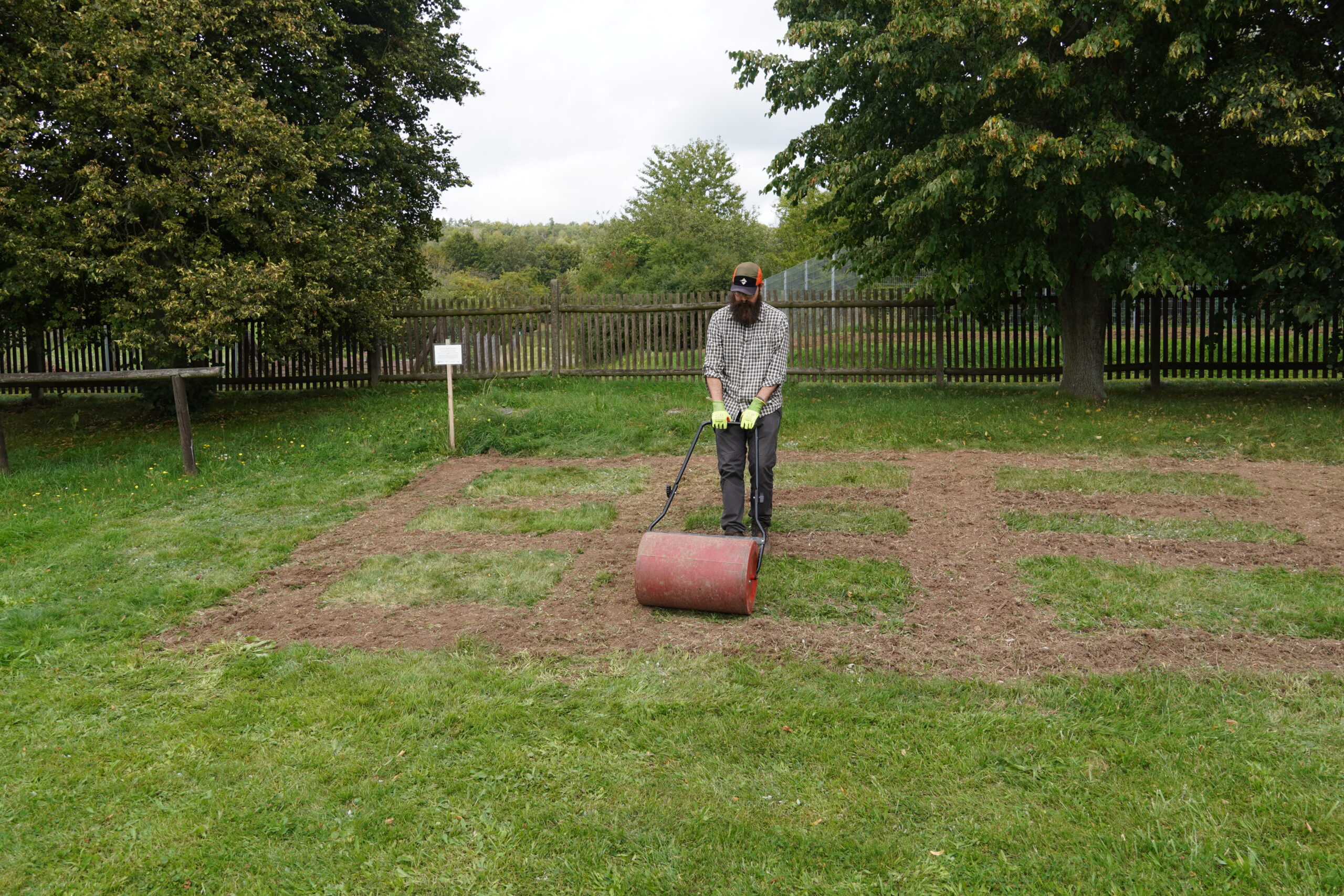
Hainrode, a village in the heart of the Karst Landscape South Harz biosphere reserve, is the real-world laboratory in the central region of the Grassworks project. Here, five species- and flower-rich urban grassland sites were restored in 2023 to counteract the general decline of biodiversity. The establishment of these sites was an essential component of the second work package, namely the transdisciplinary implementation of a restoration project together with the local community. How these sites will develop and which animal and plant species will be found there is something we will only be able to observe in the course of 2024. In the following article, we provide an insight into the selection, preparation and seeding of these urban grassland sites.
Site selection
In March 2023, the Grassworks team from the Anhalt University of Applied Sciences organised an event in Hainrode entitled The “what” and “how” of creating species-rich grasslands. Through presentations, discussions, and a tour around the village, the various options for promoting biodiversity in grassland or grassland-like open habitats, and what needs to be considered, were presented. During the event, initial ideas and suggestions were collected on a large map of Hainrode as to where species-rich grassland sites could be created (Figure 1). The focus here was on local wishes: Where would the villagers like to see biodiversity – with abundant flowering aspects and crawling and buzzing guests – and why? Together with the local stakeholders, we then took a look at some of the proposed sites despite the poor weather conditions (Figure 2), which allowed us to discuss the restoration potential on-site. Our explanations as to why some sites are not suitable for restoration from an ecological point of view and where the chances of success are high, on the other hand, quickly trained the understanding of the event guests: (1) If the sites are too heavily shaded, they are not suitable for promoting open-land species communities; (2) If sites already have a high number of characteristic plant species, it is not necessary to intensively disturb these sites – these sites should only be optimised in terms of their management.
We left this event with lots of ideas and concrete site proposals (see Figure 3), which were soon followed by actions. Together with key stakeholders such as the mayor of the municipality of Südharz, representatives of the biosphere reserve and the chair of Hainrode’s Home and Nature Conservation Association, we agreed on five sites that were to be seeded in September 2023 with a species-rich wildflower seed mixture from native, certified propagation. These five sites are located at central locations within Hainrode, as communicating the topic – the restoration and conservation of species-rich grasslands – to visitors, such as hikers and tourists along the karst hiking trail, is a particular concern of the village community. From the beginning, therefore, not only the promotion of biodiversity was a high priority, but also the transfer of knowledge and the appreciation of species-rich grasslands should be promoted.
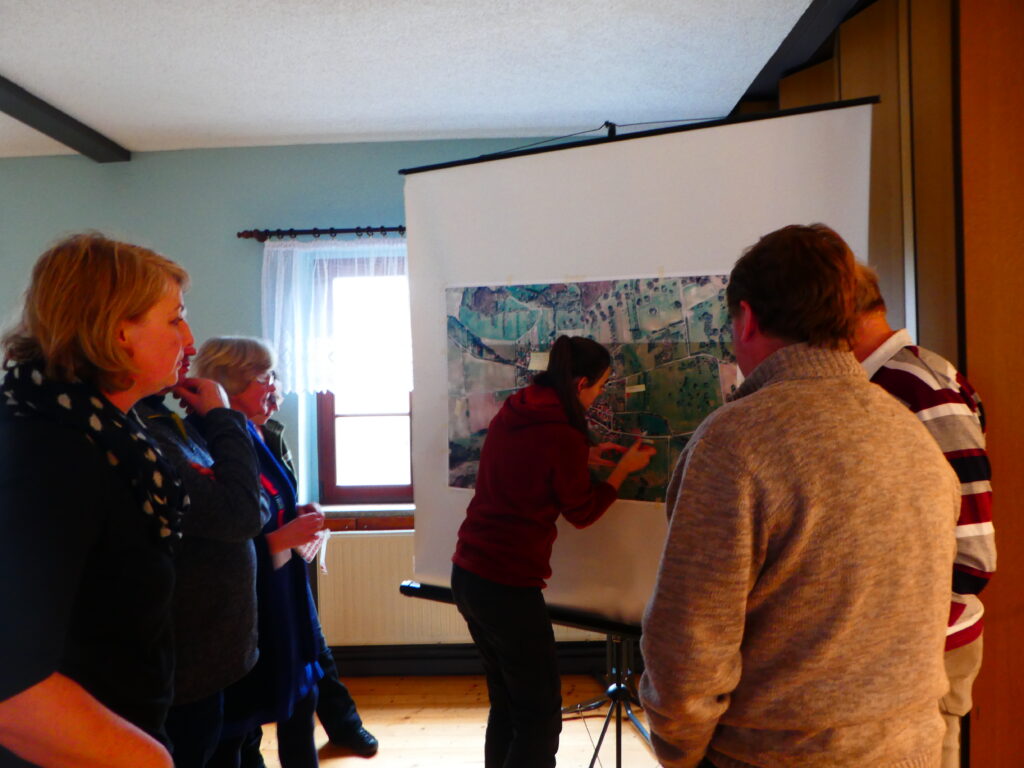
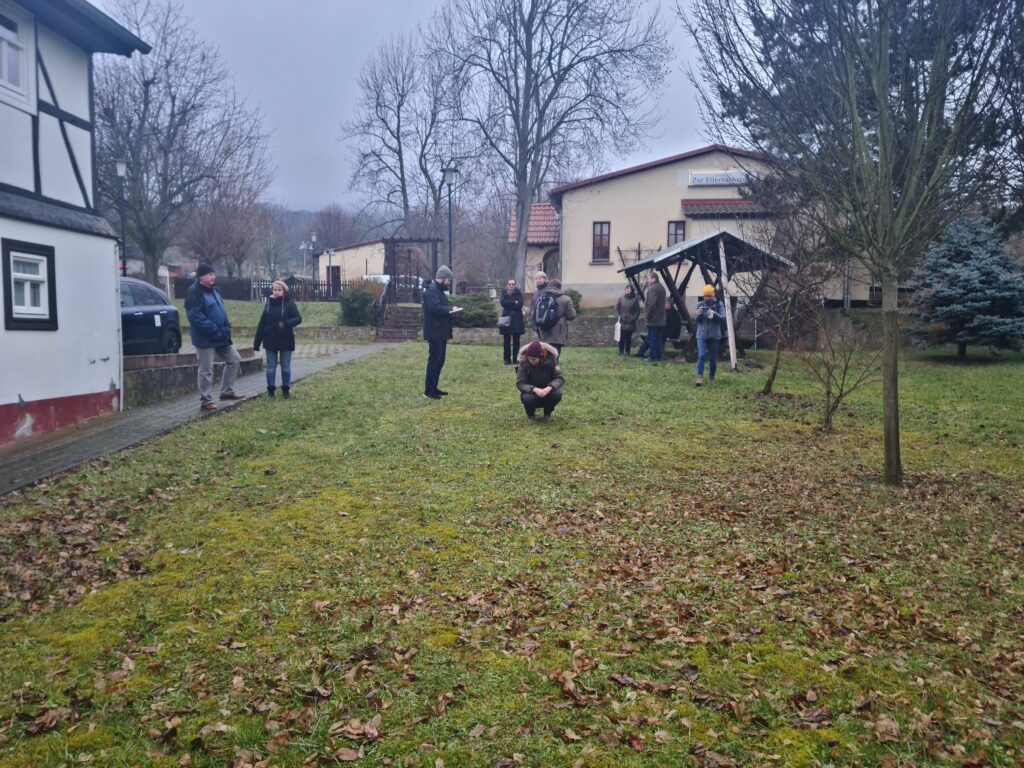

Vegetation surveys – inventory of floristic biodiversity
Before seeding could actually take place, a precise inventory of the plant species was necessary, as the initial assessments from the workshop in March could not be regarded as entirely reliable due to the time of year. In addition, we of course wanted to be able to evaluate the success of the restoration on the basis of a before and after comparison. To this end, all sites were first marked and equipped with provisional signs indicating that they were research sites of the Grassworks project. It was important for us to mark which areas were not to be mowed in order to ensure that Dr. Annika Schmidt could carry out comparable vegetation surveys in June and July 2023 (Figure 4). It was also important to communicate the affiliation to the research project to the people of Hainrode so as not to give the impression that letting them grow was an act of neglect or forgetting (Figure 5).
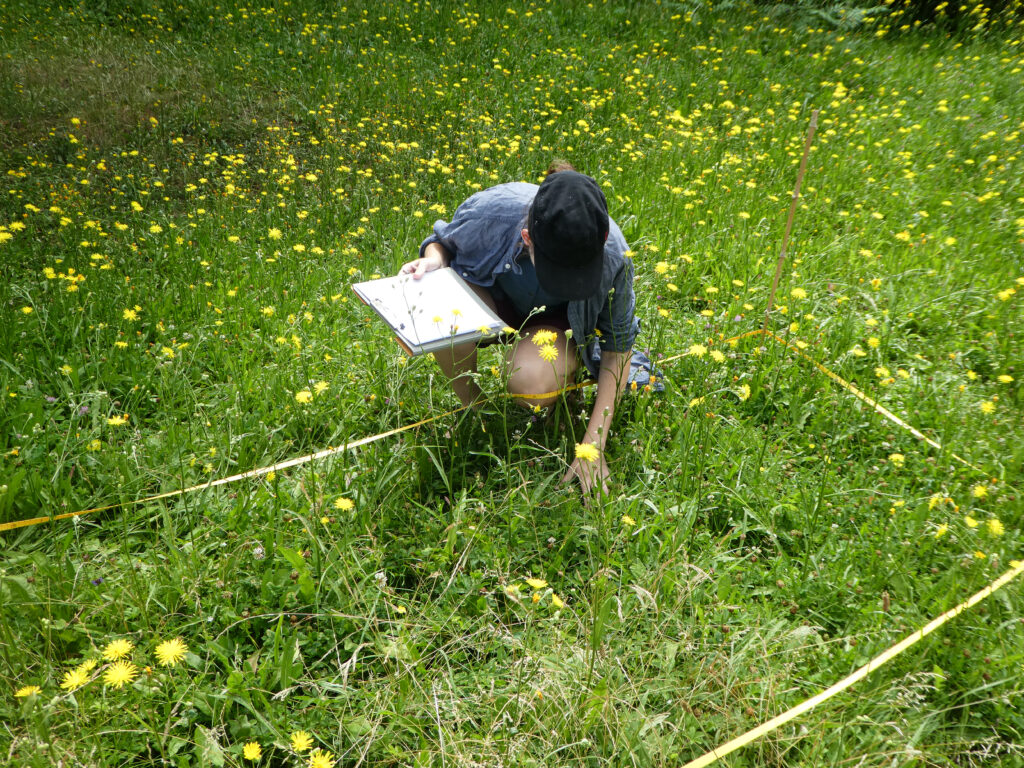
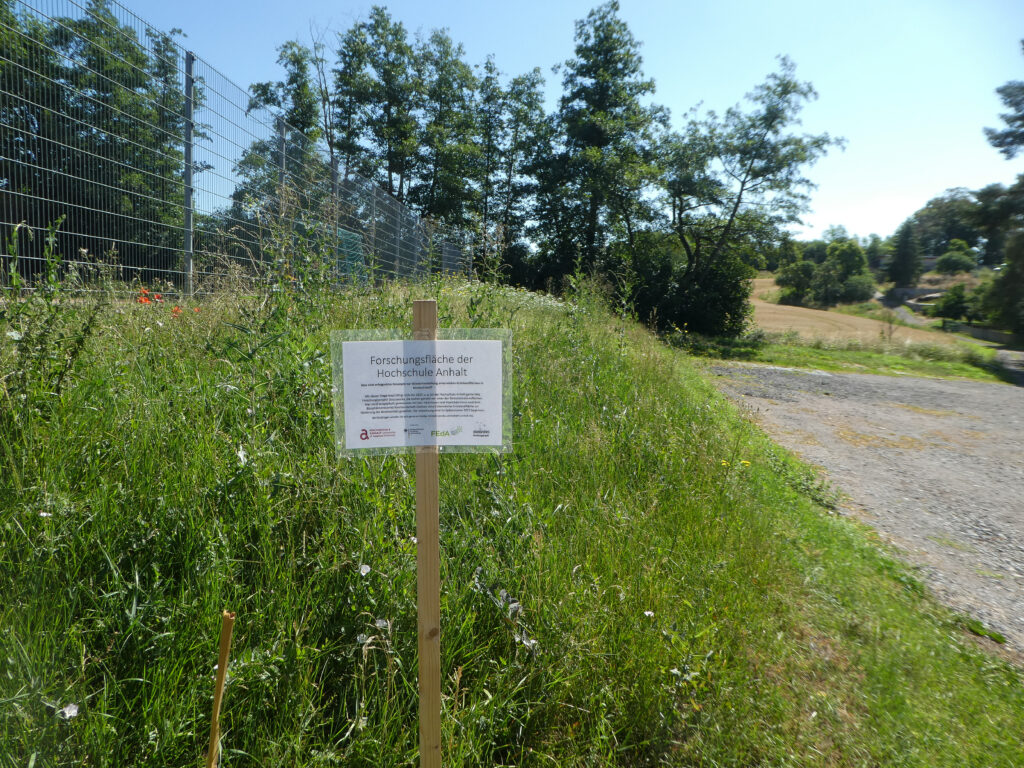
Site preparation
After the vegetation surveys, mowing was allowed and planned again, but we were not quite ready for seeding yet. The soil first had to be prepared to provide a suitable seedbed for the planned wildflower seeds. This was done in August 2023, around three weeks before seeding. The existing sward was destroyed by tilling with a single-axle machine (Figure 6) to weaken the existing, competing vegetation and thus create space and resources for the future colourful flowering grassland species. Stubborn roots were also removed by hand with a spade or digging fork and large plant parts were swept from the site with a rake to prevent the plants from re-rooting. Seeds will germinate, develop and establish better if there is less competition from previous vegetation on the site (Figure 7). To achieve the best possible result with a well-prepared surface, a second tilling should be carried out before seeding.
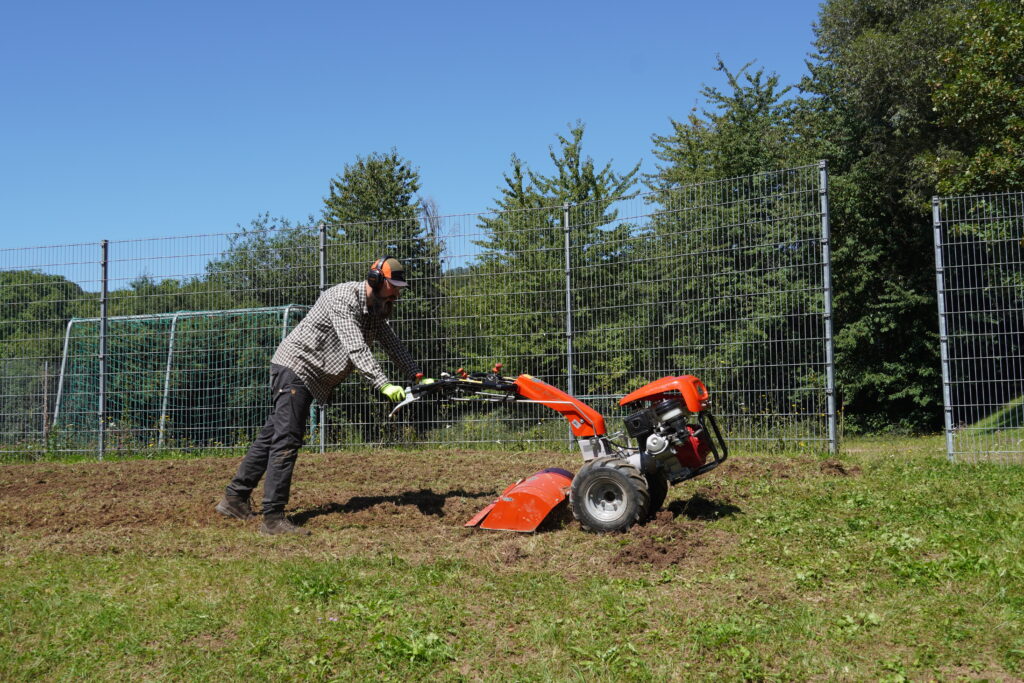

Seeding the Hainrode wildflower mixture
In September 2023, the time had finally come: the species-rich Hainrode wildflower-grassland-mixture from certified regional seed propagation was seeded on the five selected sites in Hainrode. We were even accompanied by the press (here you can find the article in German). Firstly, the soil was disturbed again shortly before seeding (again with the single-axis rotary tiller, as described above) and an even, fine-crumbled seedbed was raked. Meanwhile, the seed mixture was weighed out according to the size of the site (2 g/m2) and mixed with maize grist (8 g/m2) (Figure 8). Maize grist serves as a filler so that the seeds of the different plant species, which vary greatly in shape and size, do not segregate during seeding and to aid the seeding process due to the increased volume of the material. This allows the seeds to be spread evenly over the site by hand (Figure 9). The seeds were then gently pressed down with a lawn roller to ensure good contact with the soil (Figure 10). The seeds should not be covered with soil, though, as they are light germinators!
Finally, the most important thing – what have we actually sown in Hainrode?
The mixture specially compiled for Hainrode by Dr. Annika Schmidt and Prof. Dr. Anita Kirmer contains the seeds of 49 wild plant species (48 forbs, 1 grass) from certified regional wild plant propagation (VWW-Regiosaaten – see here for more information). Characteristic grassland and fringe species with different flower shapes, colours and flowering times, which also occur naturally in the South Harz region, were integrated. The high proportion of forbs in the mixture is necessary in order to achieve as much of a flowering aspect as possible. As grass species are often already present on the sites, only low-competition grass species should be integrated. By combining annual and perennial species, the first flowering aspects can already be achieved in the first year after seeding – and thus fulfil the desire of local residents to communicate the newly created wildflower meadow to guests as an action to promote biodiversity. Nevertheless, it will take another two to three years of patience before the full splendour of the flowers can be seen. By using native wild plant species, the sites not only look beautiful, but also provide a valuable habitat for many of our insects, as the more endangered species of wild bees and butterflies are often dependent on the presence of certain plant species.
Seeding alone is not all it takes – in order to ensure the successful establishment of the seed mixture, appropriate management for establishment and maintenance is urgently required. But more on that another time 😊!
If you are ever exploring the South Harz region, for example on the numerous hiking trails, why not pay a visit to Hainrode, read our information signs and see which wildflowers you can spot (Figure 11). Here’s to a year of thriving flowers in 2024!
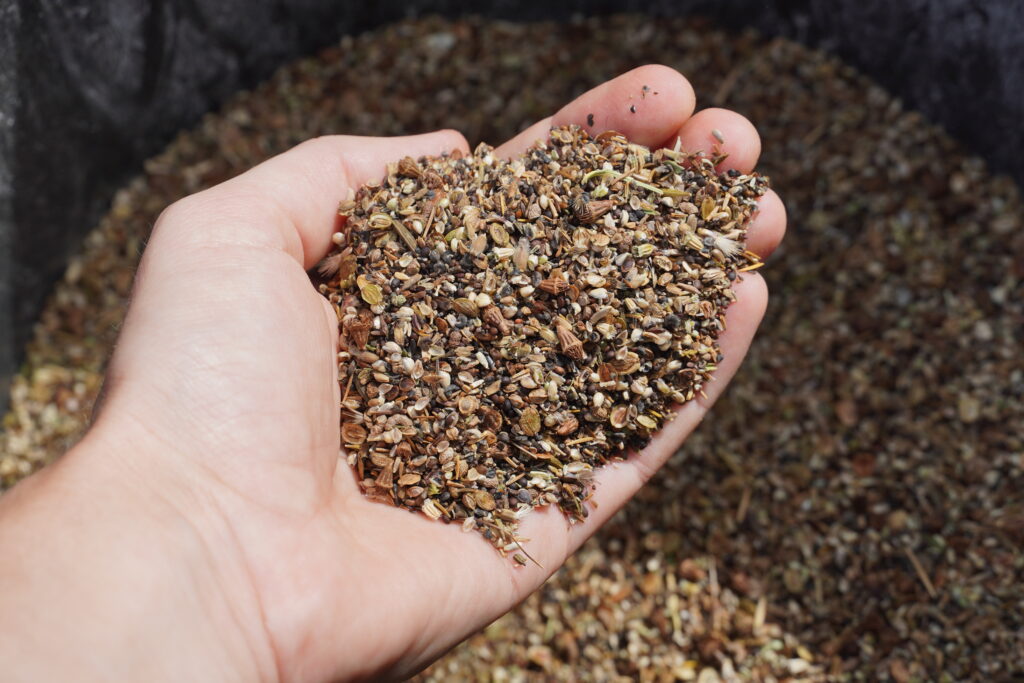
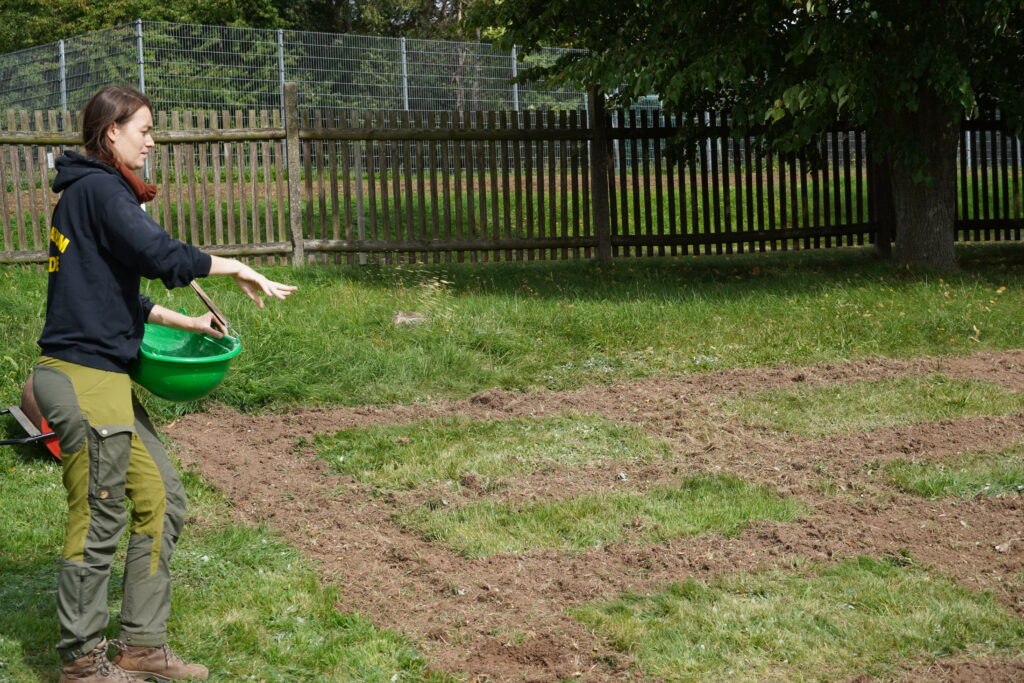
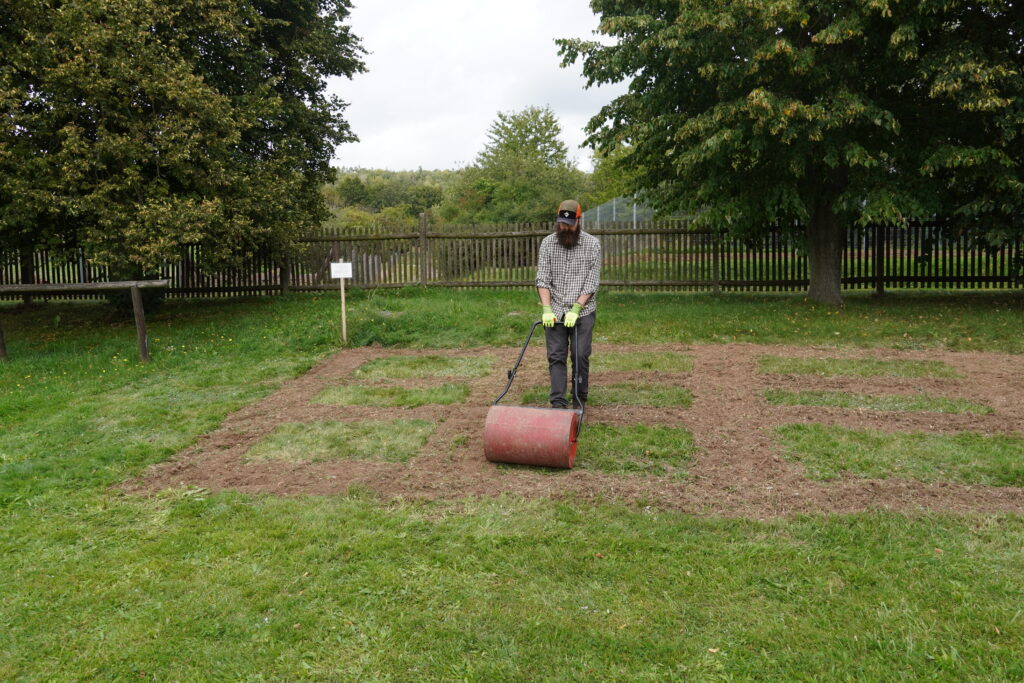
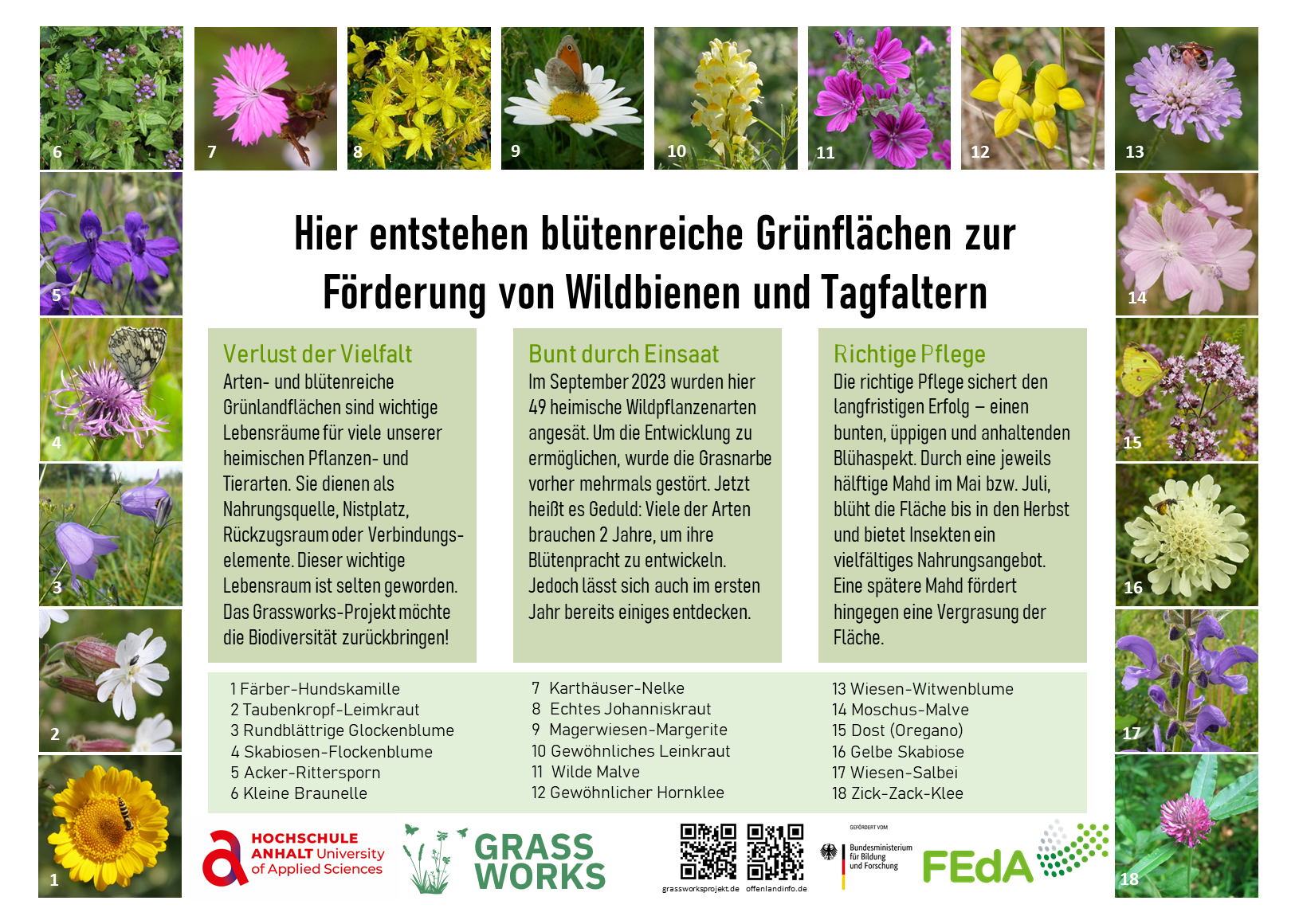
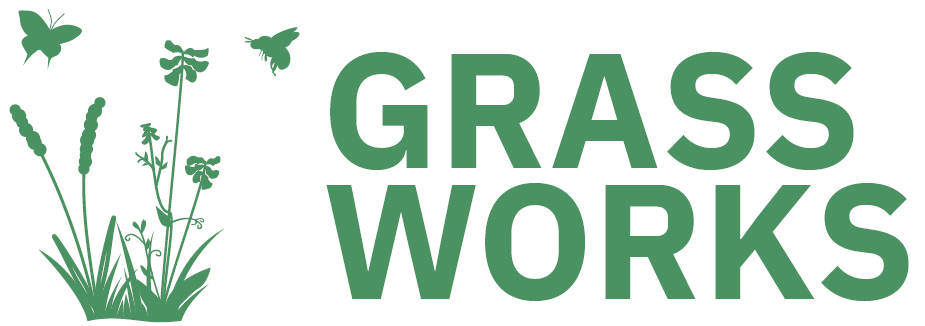
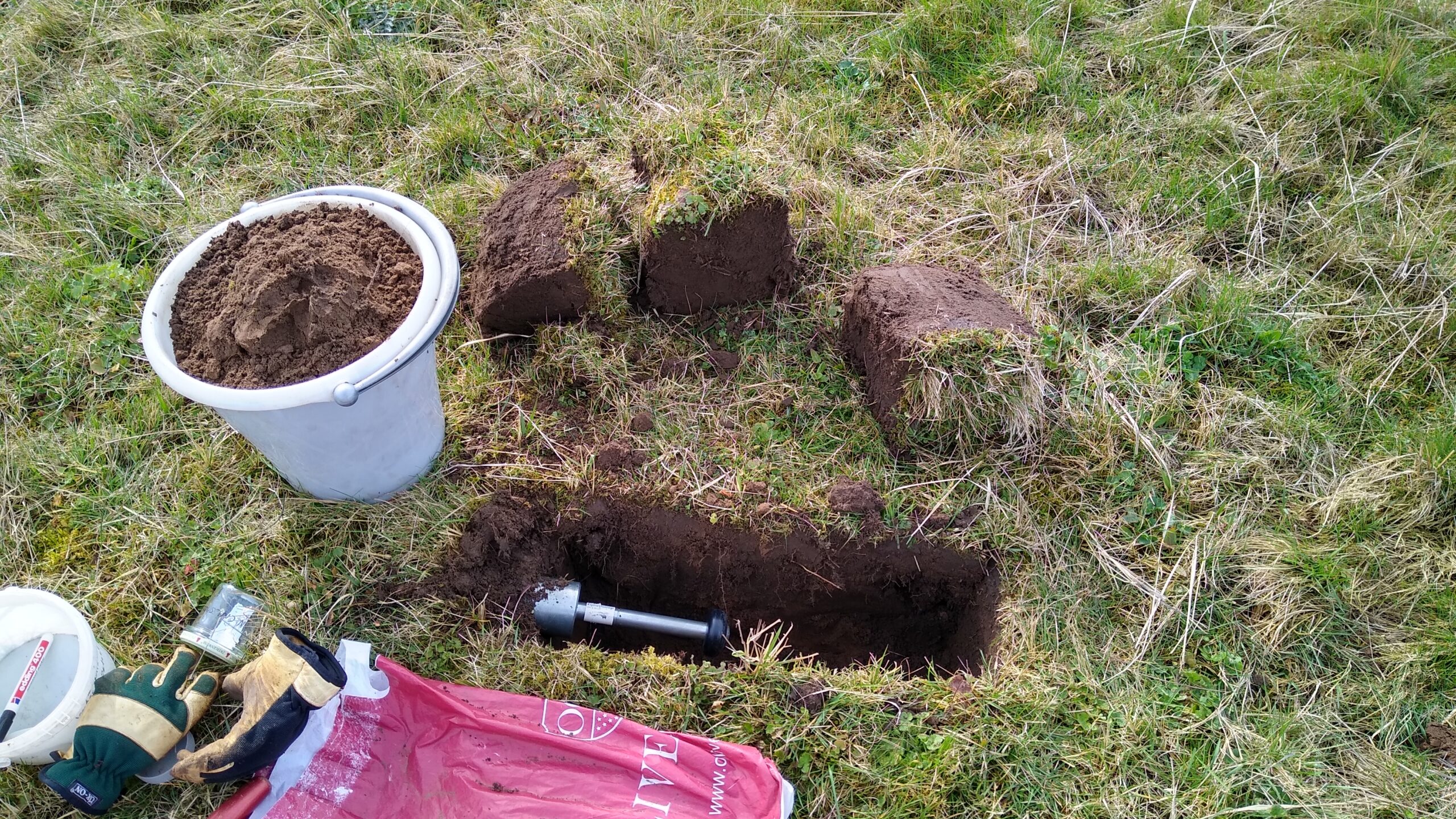
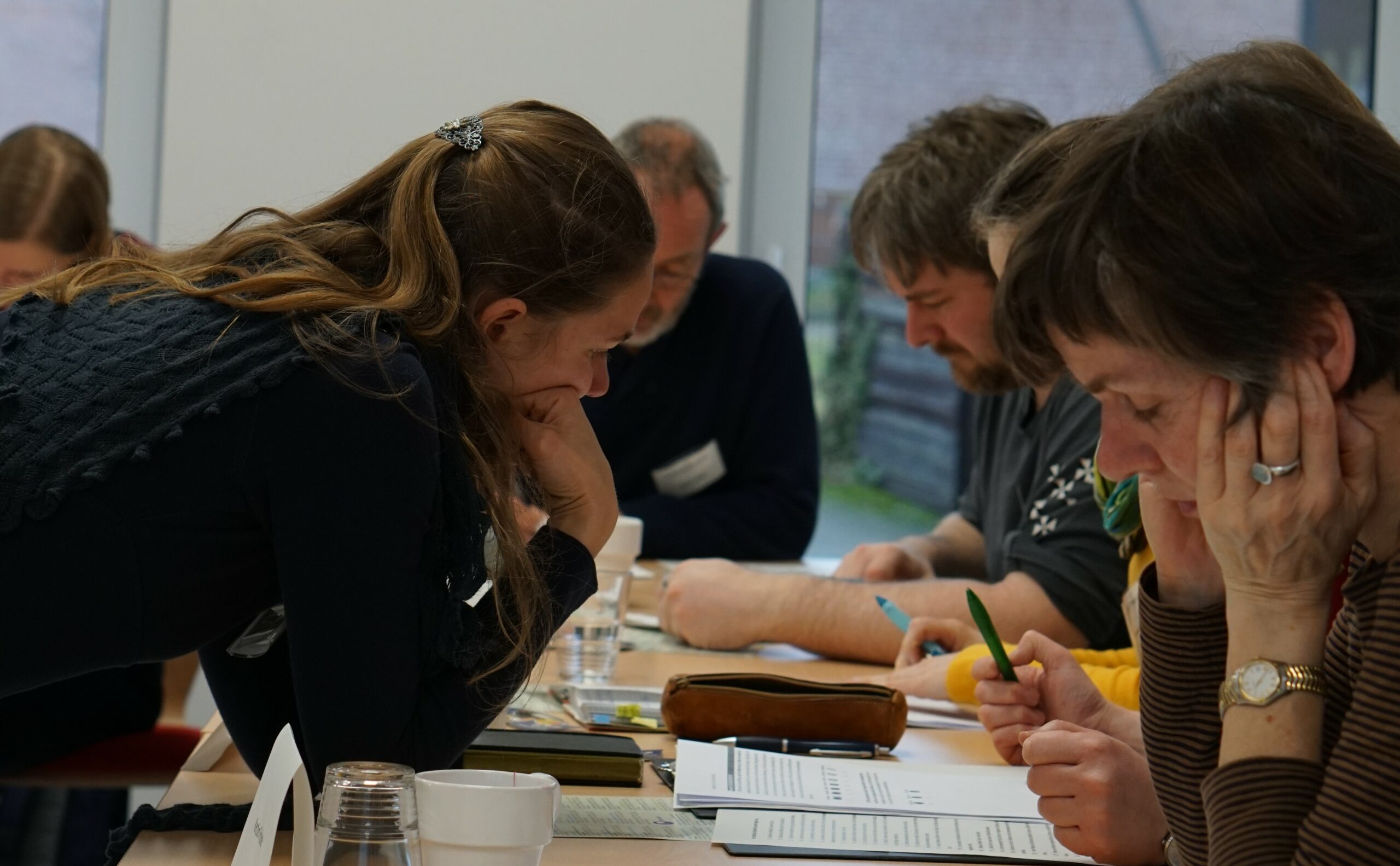
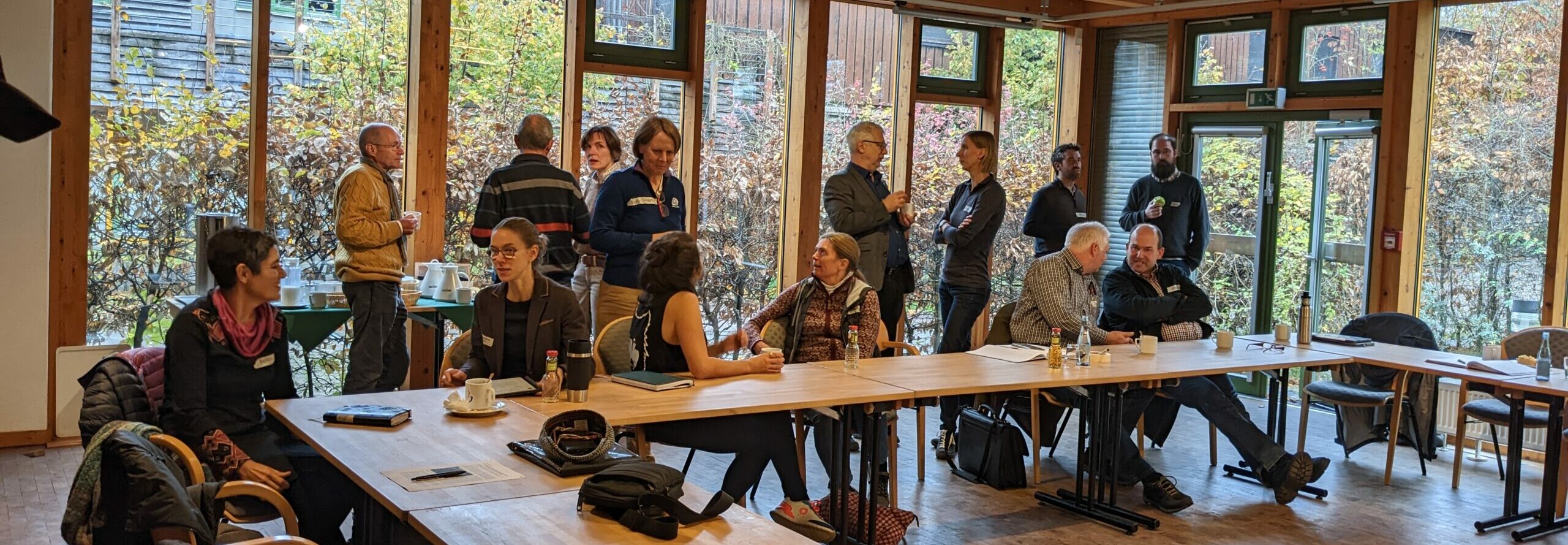
Leave a Reply